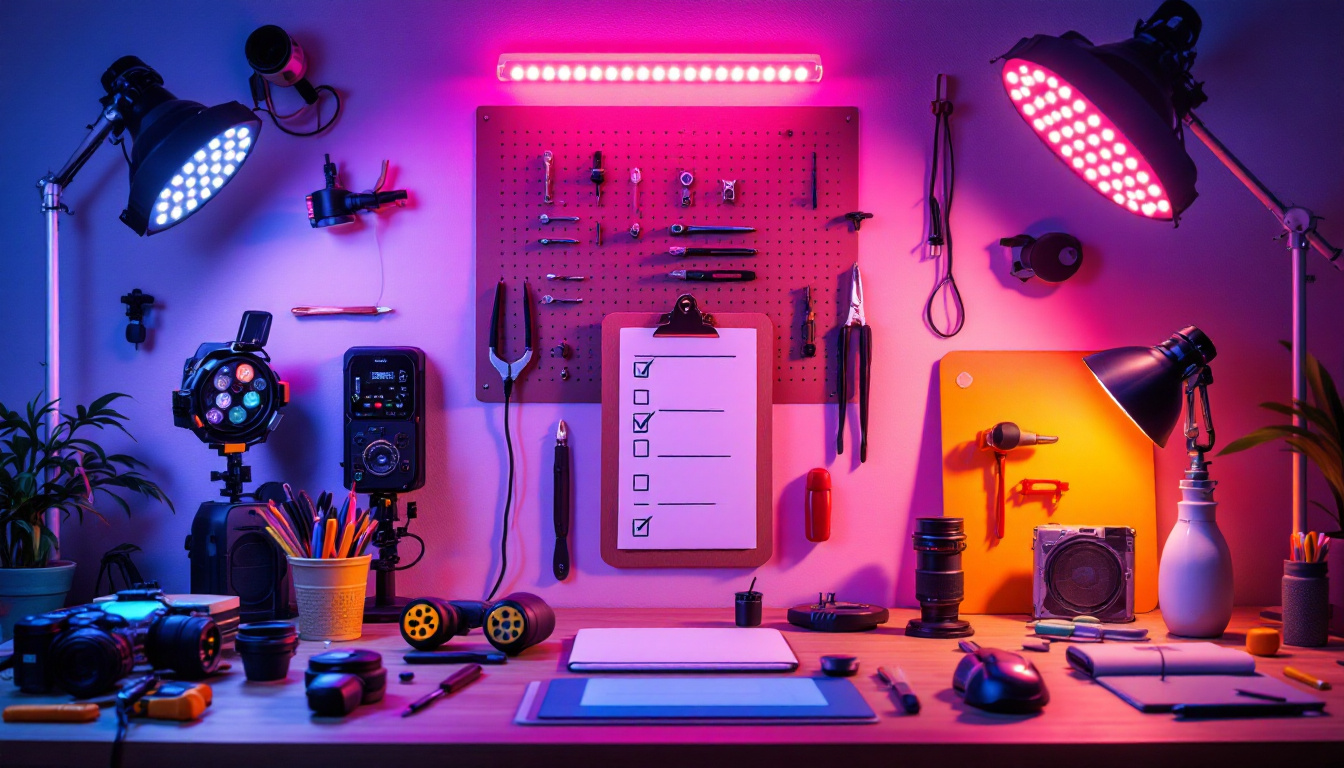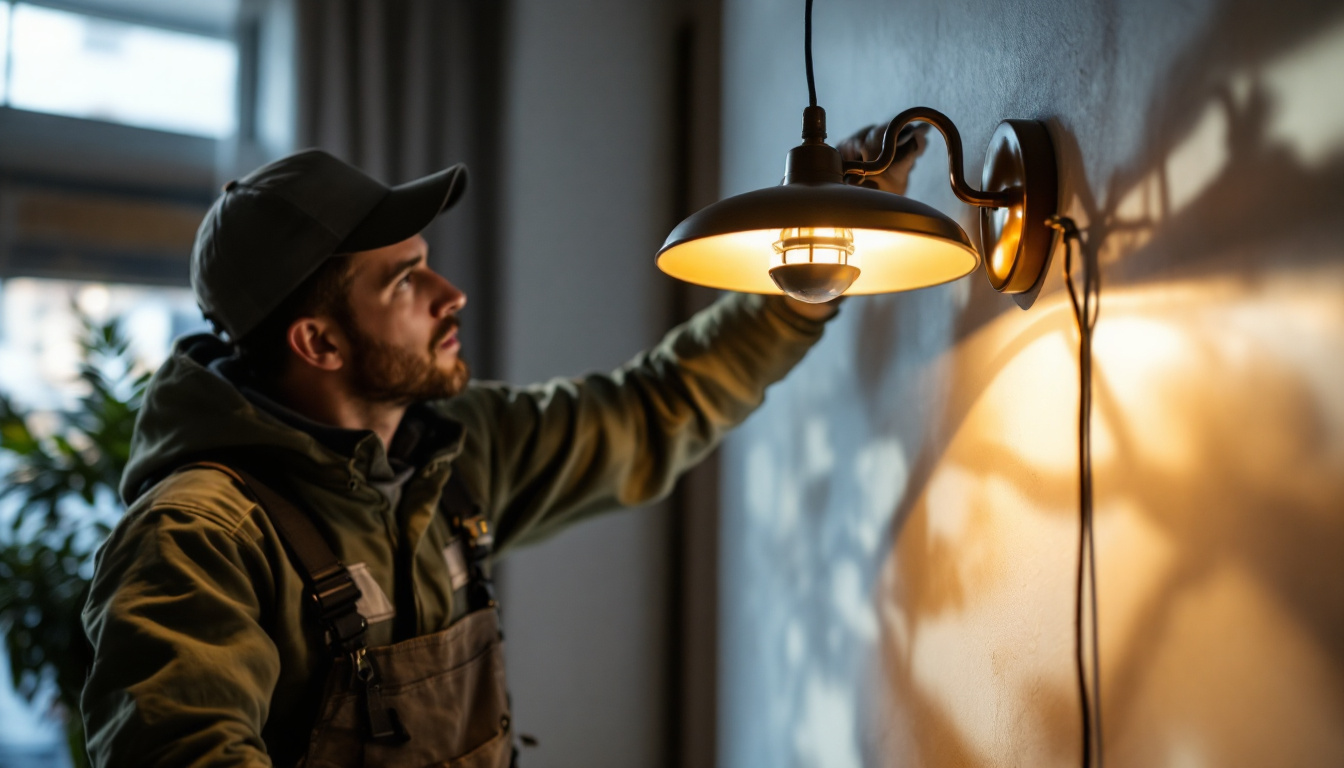
In the world of lighting design and installation, bay lighting has emerged as a crucial element for both residential and commercial spaces. For lighting contractors, mastering the intricacies of bay lighting can elevate projects and enhance client satisfaction. This article delves into the secrets of bay lighting, providing insights that can help contractors refine their skills and optimize their designs.
Bay lighting refers to a specific type of lighting used to illuminate large areas, such as warehouses, gymnasiums, and retail spaces. It typically involves high ceilings and requires fixtures that can effectively distribute light across expansive areas. Understanding the fundamentals of bay lighting is essential for any contractor looking to excel in this niche. Proper bay lighting not only enhances visibility but also plays a crucial role in energy efficiency and operational costs, making it a significant consideration in the design and layout of large spaces.
There are several types of bay lighting fixtures available, each designed for different applications. The most common types include:
Bay lighting is not limited to industrial settings. Its applications span a wide range of environments, including:
In addition to these applications, bay lighting is also increasingly being integrated with smart technology, allowing for dynamic control over lighting levels and energy consumption. This innovation not only contributes to sustainability efforts but also enables businesses to tailor their lighting to specific needs throughout the day or during different events. Furthermore, the aesthetic aspect of bay lighting is gaining attention, with modern fixtures available in various styles and finishes, allowing businesses to maintain their brand identity while ensuring functional illumination.
When designing a bay lighting system, several factors must be taken into account to ensure optimal performance and aesthetics. These considerations can significantly impact the effectiveness of the lighting solution. The right balance of functionality and design can enhance not only the visibility of the space but also its overall appeal, making it crucial for designers and contractors to collaborate closely during the planning phase.
The height of the ceiling plays a critical role in determining the type and placement of fixtures. High bay lights, for instance, should be positioned to minimize shadows and maximize light distribution. Proper spacing between fixtures is essential to avoid dark spots and ensure uniform illumination across the area. Additionally, the angle at which lights are mounted can influence how effectively they illuminate the space. For instance, angled fixtures can help direct light towards specific areas, such as workstations or display zones, enhancing functionality and safety. Incorporating adjustable mounts can also provide flexibility, allowing for changes in layout or purpose over time.
Choosing the right light output and color temperature is vital for creating the desired ambiance. For instance, warehouses may benefit from cooler color temperatures that enhance visibility, while retail environments might opt for warmer tones to create a welcoming atmosphere. Understanding the specific needs of each space will guide contractors in making informed decisions. Beyond just aesthetics, the choice of light output also affects energy efficiency and operational costs. LED fixtures, for example, offer high lumen output with lower energy consumption, making them an increasingly popular choice for both commercial and industrial applications. Furthermore, integrating smart lighting controls can optimize energy usage by adjusting brightness based on occupancy or natural light levels, contributing to sustainability goals while enhancing user comfort.
With the growing emphasis on sustainability, energy efficiency has become a top priority for lighting contractors. Implementing energy-efficient solutions not only reduces operational costs but also appeals to environmentally conscious clients.
LED lighting has revolutionized the bay lighting landscape. These fixtures consume significantly less energy compared to traditional incandescent or fluorescent options, resulting in lower electricity bills and a reduced carbon footprint. Additionally, LED lights have a longer lifespan, which means less frequent replacements and maintenance.
Integrating smart lighting controls into bay lighting systems can further enhance energy efficiency. Occupancy sensors, dimmers, and programmable timers allow for dynamic adjustments based on real-time needs. For example, lights can be dimmed during non-peak hours or turned off in unoccupied areas, maximizing energy savings.
Proper installation is crucial for the longevity and performance of bay lighting systems. Lighting contractors must adhere to best practices to ensure that fixtures operate efficiently and safely.
When installing bay lighting, contractors should pay close attention to wiring and electrical requirements. Ensuring that the electrical system can handle the load of the fixtures is essential to prevent overheating and potential hazards. Additionally, using high-quality wiring and connectors can enhance the reliability of the installation.
Each region has specific codes and regulations governing electrical installations. Contractors must familiarize themselves with local building codes and ensure that all installations comply with safety standards. This not only protects the contractor from liability but also ensures the safety of the end-users.
Regular maintenance is key to the longevity and performance of bay lighting systems. Contractors should educate clients on the importance of routine inspections and provide guidance on troubleshooting common issues.
Encouraging clients to conduct routine inspections can help identify potential issues before they escalate. This includes checking for flickering lights, inspecting for dust accumulation on fixtures, and ensuring that sensors and controls are functioning correctly. Establishing a maintenance schedule can prolong the life of the lighting system.
Contractors should be prepared to troubleshoot common bay lighting problems. Issues such as inconsistent lighting, flickering, or complete fixture failure can often be resolved with simple adjustments or replacements. Providing clients with a basic troubleshooting guide can empower them to address minor issues without the need for professional intervention.
Effective communication and education play a vital role in ensuring client satisfaction. Lighting contractors should take the time to explain the benefits of bay lighting and the specifics of the installation process.
Clients may not fully understand the advantages of bay lighting compared to other types of fixtures. Taking the time to explain the benefits, such as energy efficiency, improved visibility, and enhanced aesthetics, can help clients make informed decisions. This not only builds trust but also positions the contractor as a knowledgeable expert in the field.
After the installation is complete, contractors should offer ongoing support to clients. This can include follow-up visits to ensure satisfaction, providing maintenance tips, and being available for questions or concerns. Establishing a relationship with clients can lead to repeat business and referrals.
As technology continues to evolve, so do the trends in bay lighting. Staying informed about the latest developments can help contractors remain competitive and offer cutting-edge solutions to clients.
One of the emerging trends in lighting design is human-centric lighting, which focuses on creating environments that support the well-being of occupants. This approach considers factors such as circadian rhythms and the psychological effects of light. Contractors can incorporate these principles into bay lighting designs to enhance the overall experience for users.
Integrating bay lighting with other building systems, such as HVAC and security, is becoming increasingly popular. This holistic approach allows for more efficient building management and can lead to significant energy savings. Contractors should explore opportunities to collaborate with other trades to provide comprehensive solutions for clients.
Mastering bay lighting is an essential skill for lighting contractors looking to excel in the industry. By understanding the fundamentals, implementing energy-efficient solutions, adhering to best practices, and maintaining open communication with clients, contractors can enhance their service offerings and ensure client satisfaction. As the lighting landscape continues to evolve, staying informed about trends and innovations will further solidify a contractor’s reputation as a leader in the field.
Ready to take your bay lighting projects to the next level? At LumenWholesale, we provide lighting contractors with the highest quality, spec-grade lighting solutions at prices that can’t be beaten. Say goodbye to local distributor markups and hello to our extensive selection of reliable and efficient lighting products that meet the most rigorous industry standards. With the added convenience of free shipping on bulk orders, you can trust LumenWholesale to deliver the best value in lighting without any hidden fees. Elevate your lighting game and experience Wholesale Lighting at the Best Value today.

Discover the essential insights on kitchen under cabinet LED lighting that every lighting contractor needs to know.

Discover the ultimate guide for lighting contractors on where to buy LEDs.

Discover effective strategies for training your team in lighting with ILP Lighting’s comprehensive guide.

Explore how light fixtures play a pivotal role in shaping the success of lighting contractors’ projects.